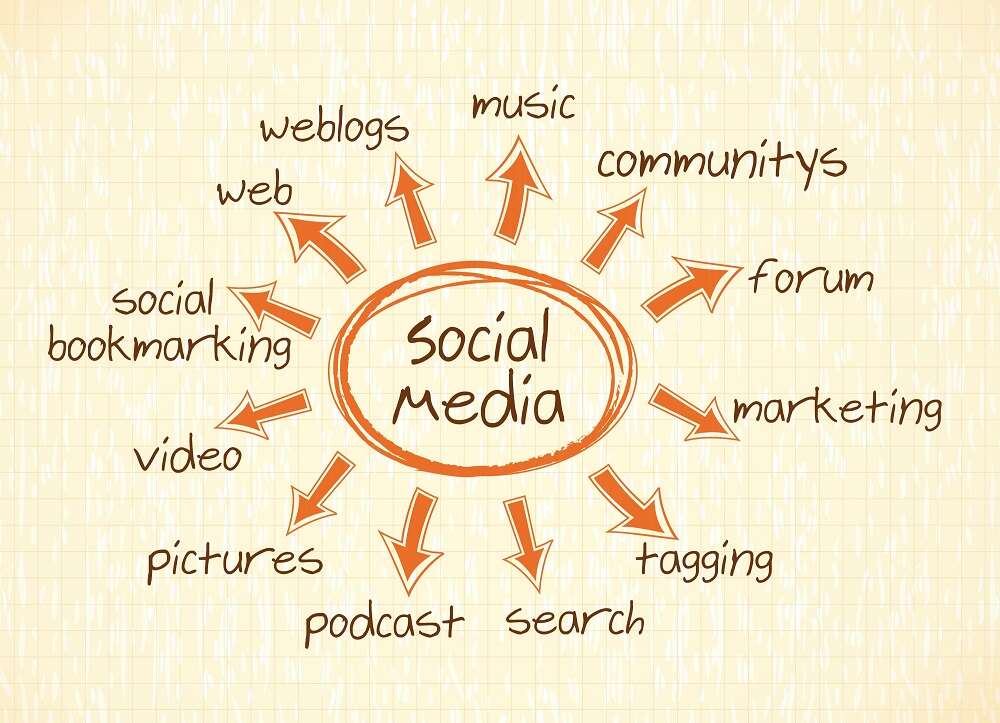
By: Adam McKinley, Head of Social at Click Consult
Social media, you’re told your business is supposed to be on it but simply scheduling posts to your timelines and commenting on posts isn’t quite getting you the results you were promised. It can feel like a minefield to understand the ins and outs of every social channel, with new updates and features being added all the time, so how do you know which ones you should use and which to avoid?
You shouldn’t put all your time and effort into ensuring you are active on every platform. It is important to get to grips with who your audience are and which platforms they would be most interested in seeing your content on. Once you have completed your research, you can then delve deeper into the features of each channel to utilise and take your strategy to the next level.
Audio-first social media conversations
You’ve probably heard of Clubhouse over the last year-or-so, the audio-first iOS app that had everyone hosting and attending rooms of conversations ranging from mental health to cryptocurrencies, sport to business advice, but did you know Facebook and Twitter have been working on their own versions?
The latter has already been launched and branded as Twitter Spaces, which allows you to host (or attend) a space which is highlighted to all your followers at the top of their apps. The good thing about this compared to Clubhouse, is that you more than likely already have a dedicated followerbase of accounts on Twitter who would attend and share these events, rather than building it up from scratch.
Hosting a Twitter Spaces room can be great for your business, as it adds that personal touch to your brand, allowing people to get involved in conversations outside of the usual selling of products, things like interviews with your designers or Q&A sessions with celebrities who endorse your brand, and being a master of this feature right from the early stages shows you are connected and understand your audience.
Shopping through TikTok
If you have an audience based around those who use TikTok, particularly Millennials and Gen Z, and you are an e-commerce brand or business with downloadable services, then this one is definitely for you. TikTok has introduced ecommerce solutions within their ad formats and we can’t stress how effective they can be.
Have you heard of the famous “TikTok leggings” or the Photomyne app which both took over in 2020? These were businesses who ran creative ads through the app with a direct button on where to purchase or where to download, and because they were so relatable to the target audience on the platform, they gained great success. The key here to master TikTok ads is to work with creators who know the features like the back of their hand. Allow them to use their creativity with your brand in mind and see the results. You can see some of the success stories here.
Build a community through Facebook Groups
It is no secret that Facebook has been pushing its group feature for some time now, but it is still growing and it still isn’t being used by enough businesses. In a Facebook Group you can pretty much have every feature you can have on a Facebook business page, such as hosting live videos, creating polls and sharing updates, but because you have created a group of likeminded individuals, it can become a hub for conversations between various people, putting your business in the middle. You can either be the instigator for conversations, or allow the accounts to do their own thing.
For example, the fitness brand Peloton, have created a Facebook group which has amassed over 420,000 members, advertising itself as a place for anyone who has purchased Peloton products to go in there and discuss techniques, classes, exercise tips or products to buy alongside it like shorts or trainers. It is a private community allowing for people to feel part of something bigger than just buying the product and using it individually.
When you’re thinking about how you can incorporate Groups as a part of your Facebook strategy, remember to think of it as an additional resource that you’re providing to your customers and prospects.


